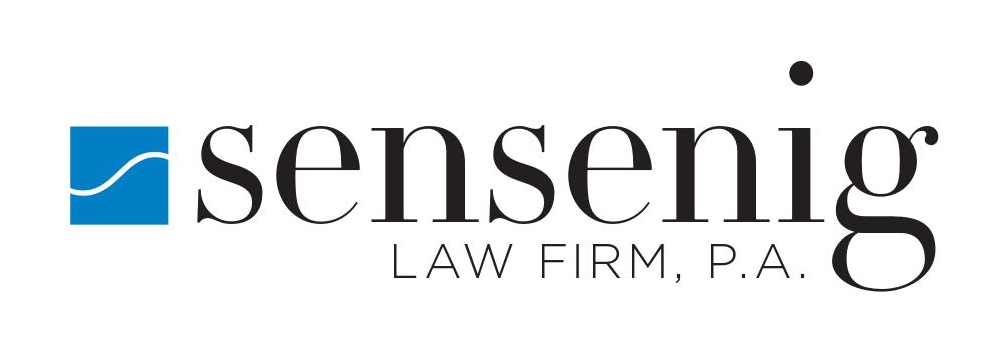New OSHA Site Inspection Rules
Administrative agencies are apparently doing their very best to check everything they can off of their respective bucket lists in anticipation of the next presidential election, because the Occupational Safety and Health Administration (“OSHA”) just announced that, starting on May 29, 2024, the much anticipated “walkaround rule” would take effect. So, what exactly is the walkaround rule, and how might the new OSHA Rule affect your business?
Employers who have been subjected to an OSHA audit – either as a random inspection, or as the result of a self-styled “whistleblower” – are likely aware that, pursuant to 29 CFR 1903.8, employers are entitled to personally accompany OSHA inspectors throughout the course of an inspection. Those same employers might be unaware that the very same regulation allows employers to assign a third-party representative as accompaniment for such inspections, whether or not said third-party was in any way affiliated with the employer’s business. This would allow employers to engage qualified health and safety professionals to act as liaisons between OSHA and the employer themselves.
Well, as of May 29, 2024, this allowance will apply to employees as well as employers, allowing employees to designate a third-party representative to accompany OSHA inspectors during their inspections, whether such third parties have any affiliation with the workplace or not. Seems fair enough, right? After all, OSHA is primarily concerned with workplace health and safety, so who could object to each side of the proverbial aisle having equal representation during an inspection designed to prevent workplace safety hazards?
Quite a few people, as it turns out, but first and foremost among detractors are anti-union activists. Because under the new “walkaround rule,” union organizers may act as employees’ designated representatives, even where a given workplace doesn’t actually have a union… yet. And that’s what the objections are actually concerned with: union organizers using an OSHA inspection to get a foot-in-the-door to otherwise union-hostile workplaces and taking the opportunity to potentially grandstand about employee safety, and all the other ways the union could improve the workplace, such that if employees would only sign on with the union, future OSHA inspections may not even be necessary. Essentially, employers worry that the walkaround rule could turn a routine OSHA inspection into a union-recruitment drive; cynical employers go so far as to suggest that unions would be incentivized to provoke such inspections just to facilitate such recruitment, citing the inspection itself as evidence of an inherently unsafe workplace.
There is also the issue of liability. Since non-employees aren’t covered under any workers’ compensation plan, any injury such third-parties sustain on-site – whether they were invited by the employer or an employee – might give rise to tort liability for the employer. This is a legitimate concern, but with a simple fix: we advise that any third parties accompanying OSHA inspectors be required to sign liability waivers as a condition of entering the premises. So long as such waivers are presented to both employer and employee-initiated invitees, the walkaround rule takes no issue with this approach. The same goes for protecting the employer’s confidential and trade secret-protected information: the walkaround rule does not prohibit non-disclosure agreements as a condition of entry, provided that such non-disclosure agreements only apply to legitimate business information, and not health and safety issues.
While the OSHA walkaround rule permits designated third-party representatives to accompany OSHA inspectors, it does not allow such representatives to interfere with, obstruct, or otherwise impede the progress of such inspections. OSHA has kindly provided a non-exhaustive list of examples of prohibited conduct by third-party representatives, by way of example:
Preventing the inspector from interviewing employees in private.
Failing to stay with the inspector during the walkaround, such as going into unauthorized areas.
Taking unauthorized photographs or videos.
Engaging in union solicitation, such as handing out union authorization cards.
Failing to comply with the ground rules of the inspection.
Engaging in any of the aforementioned conduct – or similarly-disruptive conduct – could be grounds to expel the third-party representative from the premises, but tread carefully: an unlawful ejection could cause far more problems than any of the aforementioned actions themselves.
The OSHA walkaround rule is the kind of rulemaking that begs dozens of “but what if…?” questions, such that we can’t possibly provide a comprehensive summary here. Suffice to say, if for whatever reason you find yourself staring down the barrel of an OSHA inspection, things are about to get even more complicated than they would have been just last month. If you have questions or concerns, don’t wait until after-the-fact; an ounce of prevention is always worth a pound of cure, and an hour’s consult today could save you months of litigation tomorrow.
